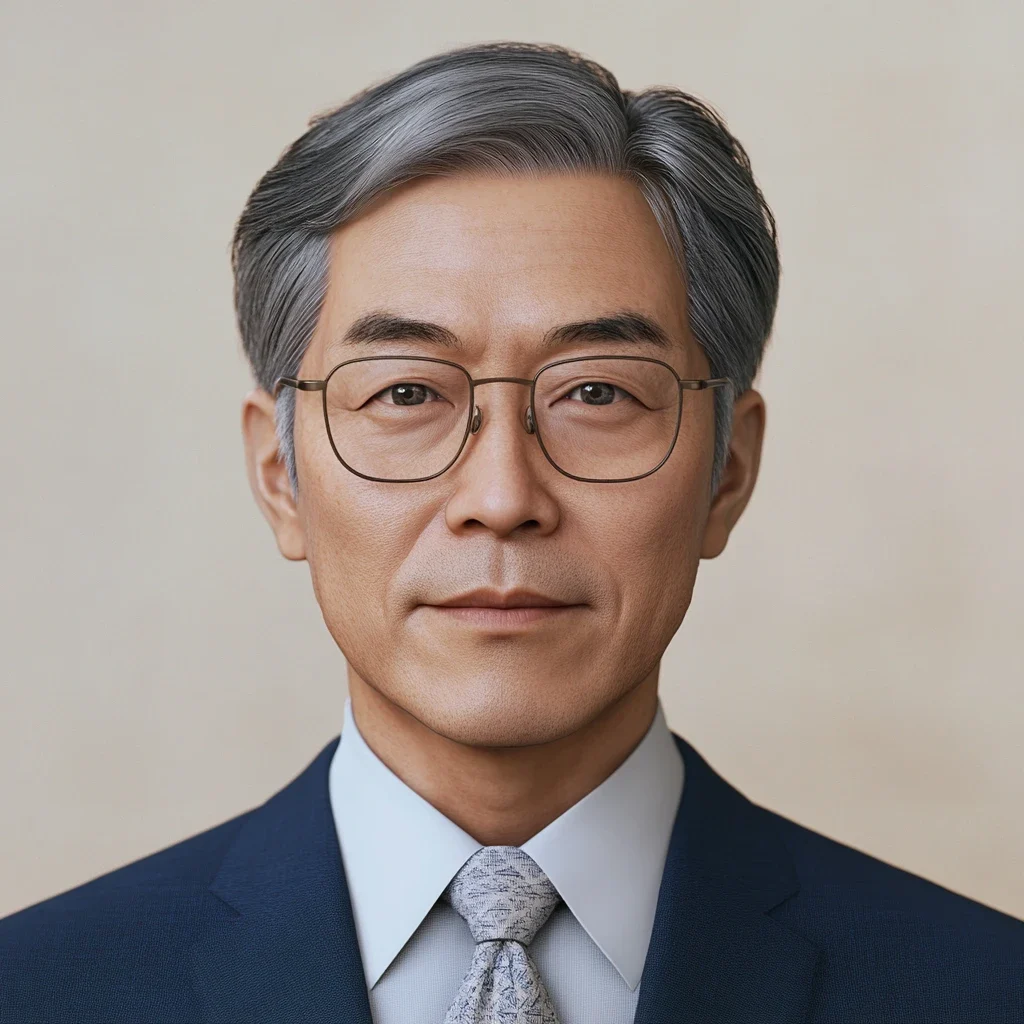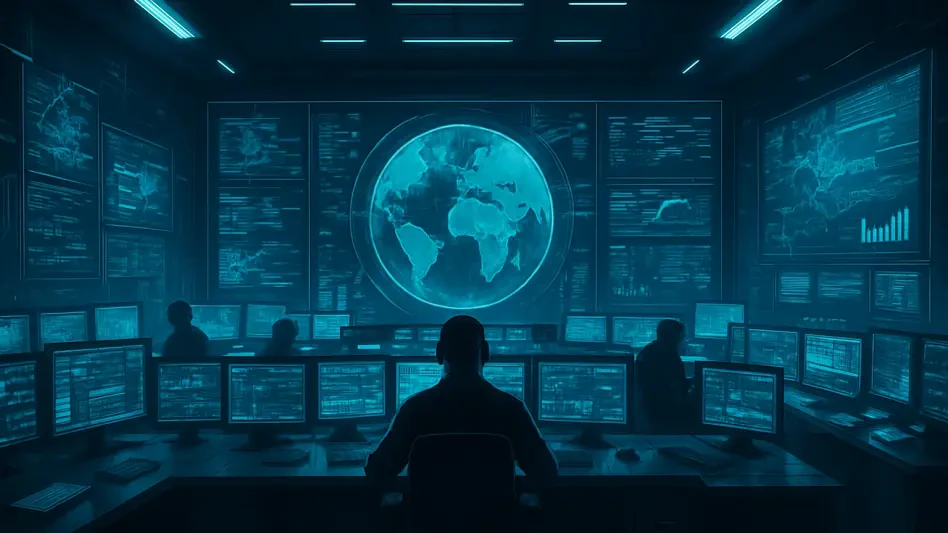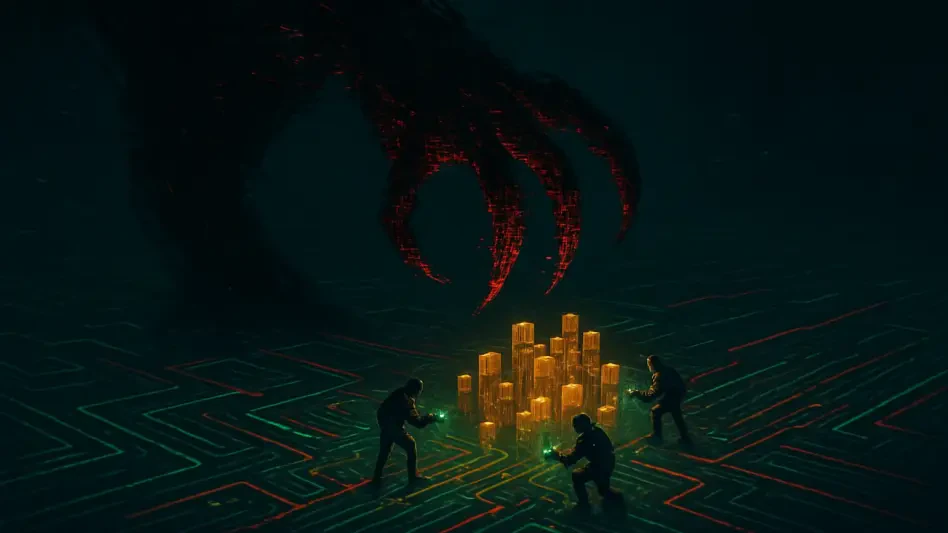In a world where cyber threats are escalating at an alarming rate, the United States finds itself grappling with a critical leadership void at the helm of U.S. Cyber Command and the National Security Agency (NSA), two pillars of national defense against digital warfare. For over seven months, these organizations have operated without permanent leaders following the sudden and controversial dismissal of their previous heads, creating a vacuum that threatens operational effectiveness at a pivotal time. Amidst this uncertainty, Army Lt. Gen. Joshua Rudd has surfaced as a prominent candidate for the dual-hat role, sparking intense discussion due to his unconventional background for such technically demanding positions. While his expertise lies outside the realm of cybersecurity, his strategic experience raises compelling questions about the direction of these agencies. The stakes couldn’t be higher as the nation faces sophisticated cyber adversaries, making this selection process a focal point of military and political scrutiny.
Strategic Priorities in Leadership Selection
Geopolitical Focus Over Technical Expertise
The spotlight on Lt. Gen. Joshua Rudd as a potential leader for U.S. Cyber Command and the NSA highlights a notable shift toward prioritizing geopolitical strategy over specialized technical skills. With a robust career rooted in the Indo-Pacific region, Rudd has served as deputy commander at U.S. Indo-Pacific Command (INDOPACOM), cultivating deep insights into countering potential threats from China. His tenure has included forging critical alliances with nations like Japan and Brunei, positioning him as a valuable asset in scenarios such as a potential Taiwan invasion where cyberattacks could disrupt American military and civilian systems. However, his resume lacks direct experience in cybersecurity or signals intelligence, core pillars of the roles he might assume. This discrepancy fuels debate about whether regional expertise can compensate for the absence of hands-on knowledge in defending against digital threats, especially when adversaries are increasingly leveraging sophisticated online tactics.
Rudd’s candidacy also underscores the administration’s apparent emphasis on preparing for hybrid conflicts that blend conventional and cyber warfare, particularly in the Indo-Pacific theater. His leadership in special operations and strategic roles at INDOPACOM suggests a capability to address broader military challenges, such as coordinating with allies to deter Chinese aggression through both physical and digital domains. Yet, critics argue that the highly technical nature of Cyber Command’s mission—protecting military networks and conducting offensive cyber operations—demands a leader with proven expertise in these areas. The risk of appointing someone without this background could potentially hinder the agency’s ability to respond swiftly to evolving threats. As discussions unfold, the balance between geopolitical acumen and technical proficiency remains a central tension, with significant implications for how the U.S. positions itself against state-sponsored cyber actors in the coming years.
Political and Military Support Dynamics
The momentum behind Rudd’s potential appointment is bolstered by influential endorsements from within the military and political spheres, reflecting the complex interplay of power in such high-stakes decisions. Key figures, including INDOPACOM chief Adm. Samuel Papparo and Director of National Intelligence Tulsi Gabbard, are reportedly advocating for Rudd, citing his strategic vision as vital for addressing current global challenges. Additionally, Defense Secretary Pete Hegseth’s preference for leaders with combat experience aligns closely with Rudd’s extensive military background, providing a strong foundation of support. However, this focus on traditional military credentials over specialized cyber expertise reveals a deeper rift in how qualifications are weighed for roles that are inherently technical. The alignment of such powerful backers may tip the scales, but it also raises concerns about whether political influence is overshadowing critical operational needs.
Beyond the endorsements, the dynamics of this selection process expose a broader struggle within the administration to reconcile differing visions for military leadership in the cyber domain. While Rudd’s supporters argue that his experience in high-pressure combat and strategic environments equips him to navigate the complexities of modern warfare, skeptics point to the unique demands of leading organizations tasked with electronic espionage and network defense. The potential for political considerations to dominate over merit-based criteria adds another layer of complexity, as past selections have been marred by similar controversies. This situation suggests that the path to confirming a new leader may face additional hurdles, particularly if dissenting voices within the military or intelligence communities push for candidates with more relevant technical backgrounds. The outcome could set a precedent for how future appointments balance military tradition with the evolving needs of cyber defense.
Organizational Challenges and Potential Appointments
Instability and the Leadership Vacuum
The prolonged absence of permanent leadership at U.S. Cyber Command and the NSA has created a palpable sense of instability, undermining morale and operational focus at a time when cyber threats are intensifying. Over seven months have elapsed since the abrupt dismissal of the previous heads, a move reportedly influenced by political motives, leaving both organizations vulnerable to internal disarray. This leadership vacuum has not only disrupted strategic planning but also hampered the ability to respond cohesively to sophisticated attacks from foreign adversaries. The chaotic nature of the selection process, marked by the rejection of acting chiefs and other contenders, further exacerbates the uncertainty. While Rudd’s potential appointment is viewed by some as a step toward resolution, his lack of cyber-specific experience introduces an element of risk, potentially prolonging the struggle to restore confidence and direction within these critical agencies.
Compounding the issue is the broader impact of political interference, which has historically complicated efforts to stabilize leadership in these organizations. The sudden firings that initiated this crisis were steeped in controversy, reflecting a pattern of external influence that continues to cast a shadow over the current process. Such instability poses significant risks to national security, as Cyber Command and the NSA are tasked with safeguarding military networks and conducting vital intelligence operations against adversaries like China and Russia. The urgency to appoint a permanent leader is clear, yet the contentious nature of the selection suggests that achieving consensus may remain elusive. If unresolved, this ongoing turmoil could weaken the U.S. posture in the cyber domain, allowing opponents to exploit gaps in defense and coordination. The focus now rests on whether a candidate like Rudd can bridge these divides and restore a sense of purpose to teams operating under prolonged uncertainty.
Subordinate Roles and Diverse Perspectives
As attention centers on the top leadership role, the potential appointments of subordinate positions within Cyber Command offer additional insight into the future direction of these organizations. Marine Corps Maj. Gen. Lorna Mahlock, a pioneering figure as the first Black woman brigadier general in the Marine Corps, is under consideration for deputy chief of Cyber Command. Her extensive technical background with the NSA and the Cyber National Mission Force (CNMF) positions her as a strong candidate to complement the dual-hat leader, bringing much-needed expertise to the table. However, her potential selection faces challenges due to the administration’s apparent resistance to diversity, equity, and inclusion initiatives, which could create friction despite her qualifications. Mahlock’s appointment, if realized, would signal a commitment to balancing technical proficiency with leadership, though political headwinds may complicate the path forward.
In parallel, Brig. Gen. Matthew Lennox is a contender for heading the Cyber National Mission Force, a role critical to executing operations against online adversaries. Lennox brings a wealth of operational experience from his time at CNMF and Army Cyber Command, including involvement in missions like “hunt forward” initiatives designed to preemptively counter cyber threats. His potential appointment emphasizes the importance of continuity in maintaining the momentum of these specialized efforts, ensuring that tactical expertise remains a cornerstone of Cyber Command’s strategy. Unlike the uncertainties surrounding the top role, Lennox’s background aligns closely with the operational demands of his prospective position, offering a stabilizing influence. Together, these subordinate appointments highlight the intricate balance between innovation, experience, and political dynamics shaping the broader leadership structure, with each candidate bringing unique strengths to address the multifaceted challenges of cyber defense.
Final Reflections on a Critical Decision
Looking back, the journey to appoint a new leader for U.S. Cyber Command and the NSA unfolded as a complex saga of strategic necessity and political turbulence. The unexpected dismissal of prior heads set off a chain of instability that lingered for months, exposing vulnerabilities in organizations central to national security. Lt. Gen. Joshua Rudd’s emergence as a top contender, despite lacking direct cyber expertise, reflected a deliberate pivot toward geopolitical priorities, particularly in the Indo-Pacific region. Meanwhile, the potential inclusion of figures like Maj. Gen. Lorna Mahlock and Brig. Gen. Matthew Lennox in key roles underscored the ongoing effort to blend technical skill with operational continuity. Moving forward, the resolution of this leadership puzzle demands a careful alignment of qualifications with the evolving landscape of cyber threats. Stakeholders must prioritize robust vetting processes and foster bipartisan support to ensure that appointees can effectively counter digital adversaries while rebuilding trust within these vital agencies.








